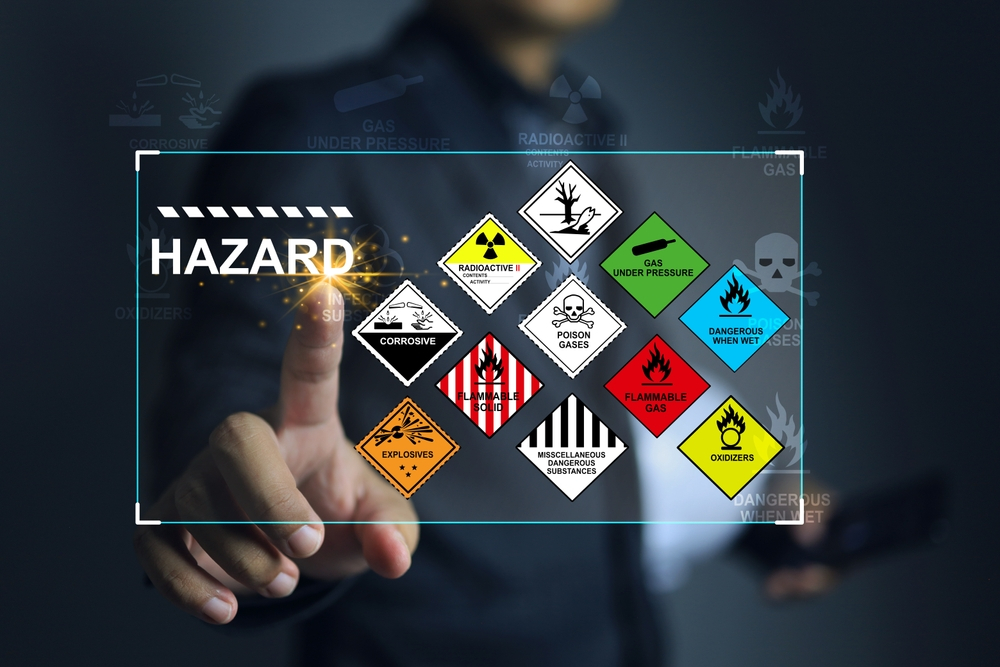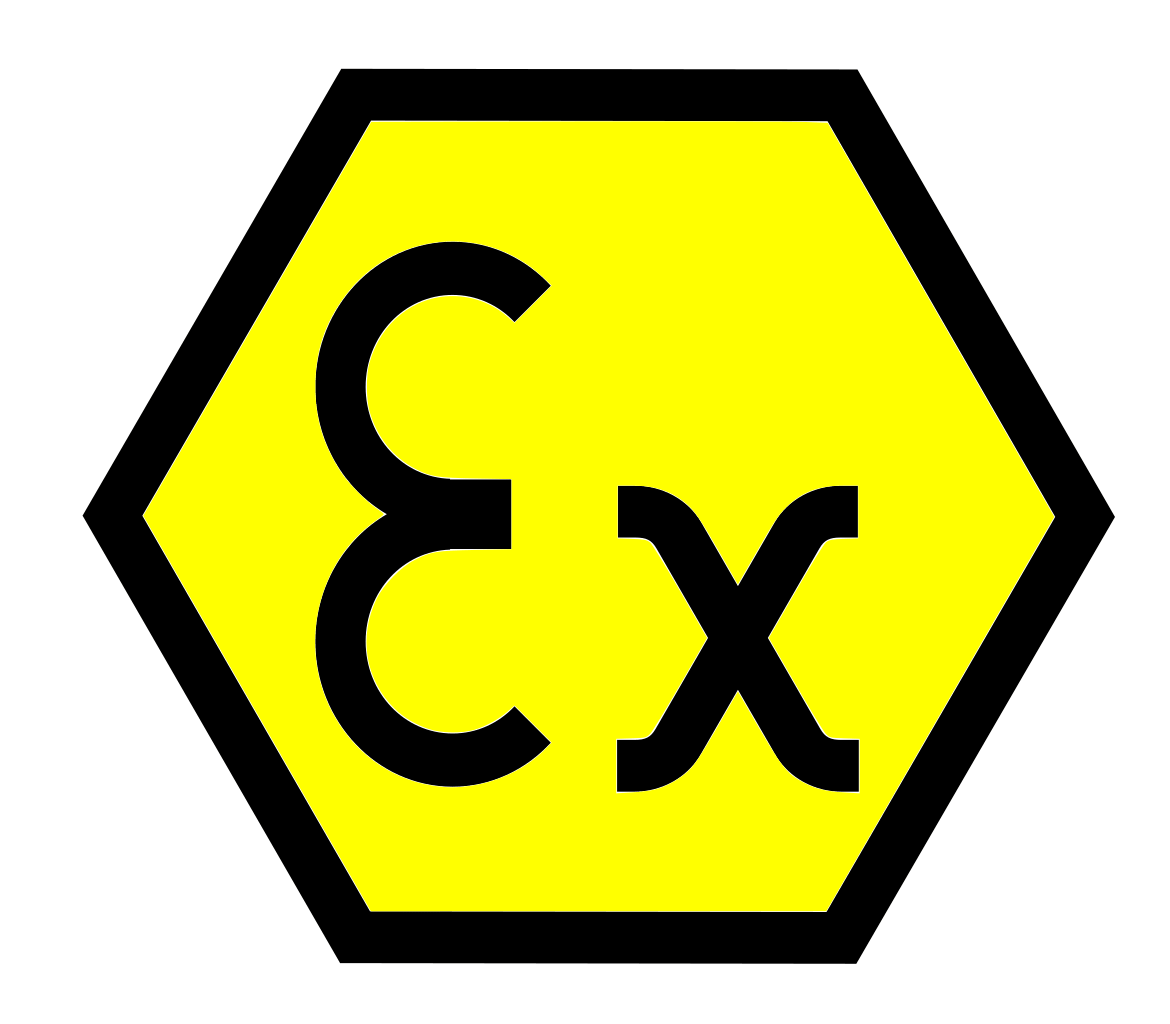All about Roar Solutions
All about Roar Solutions
Blog Article
Indicators on Roar Solutions You Should Know
Table of ContentsGetting The Roar Solutions To WorkOur Roar Solutions DiariesThe Roar Solutions Statements
In order to safeguard installations from a prospective explosion an approach of evaluating and classifying a potentially unsafe area is needed. The purpose of this is to ensure the proper selection and setup of devices to eventually prevent an explosion and to make sure safety and security of life.
(https://moz.com/community/q/user/roarsolutions1)
No equipment must be set up where the surface temperature level of the devices is greater than the ignition temperature of the provided threat. Below are some common dust unsafe and their minimal ignition temperature. Coal Dirt 380C 225C Polythene 420C (melts) Methyl Cellulose 420C 320C Starch 460C 435C Flour 490C 340C Sugar 490C 460C Grain Dirt 510C 300C Phenolic Material 530C > 450C Aluminium 590C > 450C PVC 700C > 450C Soot 810C 570C The possibility of the threat existing in a concentration high enough to create an ignition will certainly differ from area to place.
Hazardous area electrical devices perhaps developed for usage in greater ambient temperature levels. Field Repair By Authorised Worker: Challenging testing may not be required nonetheless certain treatments might require to be adhered to in order for the equipment to keep its 3rd event score. Each item of equipment with a harmful rating ought to be assessed separately.
Roar Solutions Can Be Fun For Everyone
The equipment register is a detailed database of devices documents that consists of a minimum set of areas to identify each product's location, technological criteria, Ex lover category, age, and environmental information. This details is crucial for monitoring and taking care of the equipment effectively within unsafe locations. On the other hand, for regular or RBI sampling assessments, the quality will be a mix of Detailed and Close inspections. The ratio of Comprehensive to Close inspections will certainly be figured out by the Equipment Threat, which is assessed based on ignition threat (the probability of a source of ignition versus the chance of a combustible atmosphere )and the unsafe location category
( Area 0, 1, or 2). This variation will certainly additionally affect the resourcing demands for job prep work. As soon as Great deals are specified, you can create sampling plans based on the example size of each Whole lot, which refers to the number of random devices products to be checked. To identify the called for sample size, 2 facets need to be assessed: the size of the Lot and the classification of evaluation, which suggests the degree of effort that must be used( reduced, typical, or increased )to the assessment of the Lot. By combining the category of assessment with the Whole lot size, you can after that establish the suitable rejection standards for a sample, implying the allowable number of damaged things found within that example. For more details on this process, please refer to the Energy Institute Standards. The IEC 60079 conventional advises that the maximum interval in between examinations need to not surpass three years. EEHA assessments will additionally be performed outside of RBI projects as part of arranged maintenance and equipment overhauls or repairs. These evaluations can be credited toward the RBI example dimensions within the impacted Great deals. EEHA evaluations are conducted to identify faults in electrical equipment. A weighted racking up system is important, as a single tool might have multiple faults, each with differing degrees of ignition risk. If the mixed rating of both examinations is much less than twice the fault rating, the Lot is deemed appropriate. If the Whole lot is still taken into consideration inappropriate, it needs to go through a complete evaluation or reason, which might set off stricter inspection procedures. Accepted Whole lot: The sources of any faults are recognized. If a typical failing setting is located, extra tools may call for assessment and repair service. Mistakes are identified by intensity( Safety, Integrity, Home cleaning ), making certain that urgent concerns are assessed and addressed promptly to reduce any kind of impact on safety or operations. The EEHA data source ought to track and tape the lifecycle of faults together with the corrective actions taken. Carrying out a robust Risk-Based Evaluation( RBI )strategy is important for making sure conformity and safety and security in managing Electrical Devices in Hazardous Locations( EEHA) (eeha training). Automated Fault Rating and Lifecycle Monitoring: Effortlessly take care of mistakes and track their lifecycle to enhance examination accuracy. The introduction of this support for risk-based evaluation further strengthens Inspectivity's placement as a best-in-class solution for regulatory compliance, along with for any type of asset-centric evaluation usage instance. If you are interested in discovering much more, we welcome you to request a demo and discover how our option can change your EEHA management webpage processes.
Not known Details About Roar Solutions

In regards to explosive risk, a harmful area is a setting in which an eruptive environment is existing (or might be expected to be existing) in quantities that require unique preventative measures for the building and construction, installment and usage of tools. eeha. In this write-up we check out the challenges dealt with in the work environment, the threat control steps, and the needed competencies to function securely
It issues of modern-day life that we produce, keep or manage an array of gases or liquids that are regarded combustible, and a range of dusts that are considered combustible. These materials can, in specific conditions, develop explosive ambiences and these can have significant and terrible effects. The majority of us know with the fire triangular eliminate any type of among the three aspects and the fire can not occur, but what does this mean in the context of hazardous areas? When breaking this down into its most basic terms it is basically: a mix of a specific amount of release or leakage of a certain substance or product, combining with ambient oxygen, and the existence of a resource of ignition.
In a lot of circumstances, we can do little regarding the degrees of oxygen airborne, but we can have substantial influence on resources of ignition, for example electrical tools. Unsafe locations are recorded on the dangerous location classification drawing and are identified on-site by the triangular "EX-SPOUSE" indication. Right here, among other key info, zones are split right into 3 types depending on the danger, the chance and duration that an eruptive atmosphere will certainly exist; Zone 0 or 20 is regarded the most hazardous and Zone 2 or 22 is considered the least.
Report this page